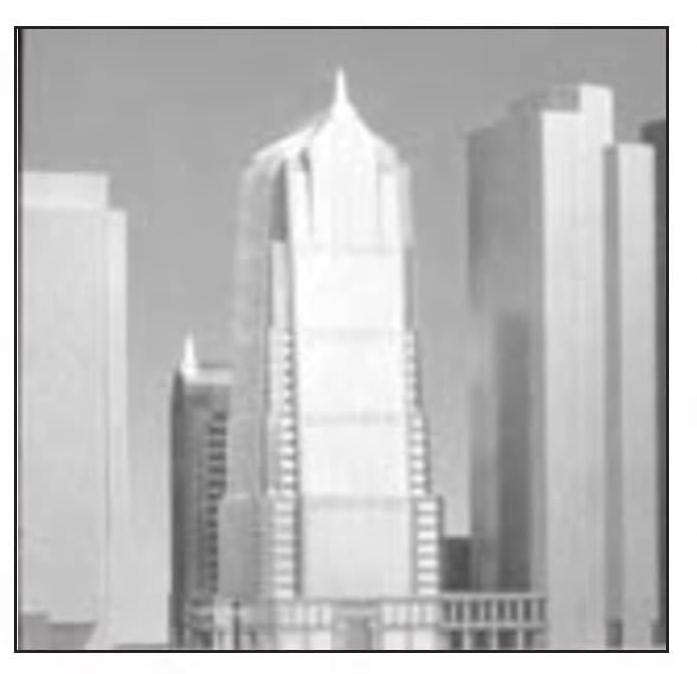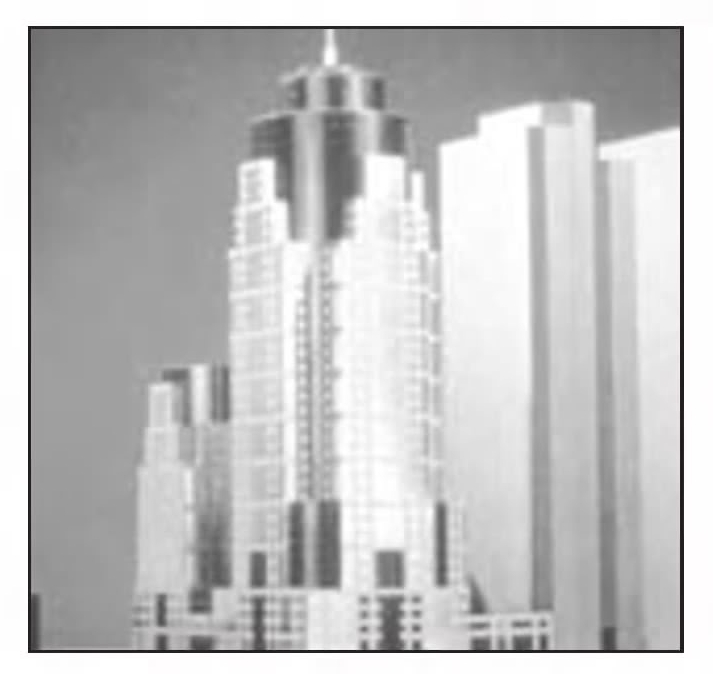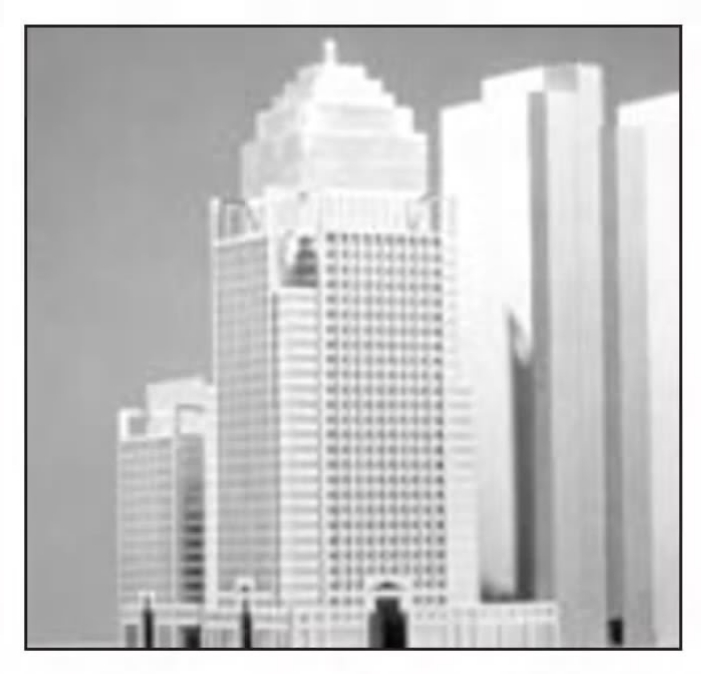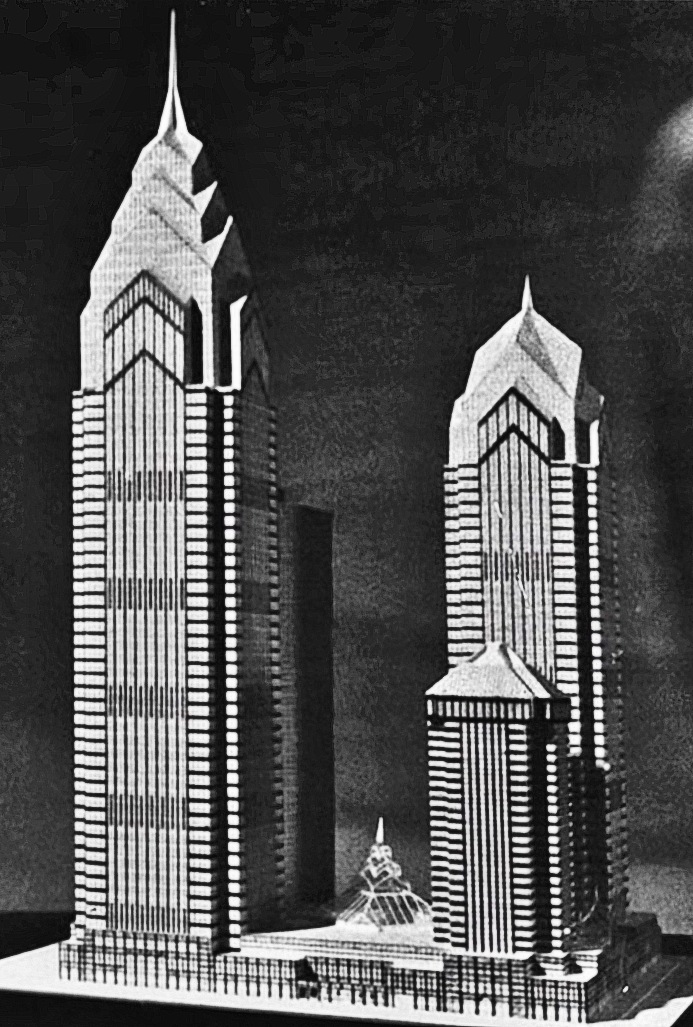The Liberty Place complex in Center City is known for being the first building in Philadelphia to dramatically break the unofficial 548-foot height limit that was set by the statue of William Penn on top of City Hall. Upon completion, One and Two Liberty Place were the tallest skyscrapers on the skyline, standing at a height of 945 and 848 feet, respectively. The towers were designed by Helmut Jahn and developed by Rouse and Associates, which eventually became Liberty Property Trust. In this feature, Philadelphia YIMBY takes a look back at a number of early iterations of the complex when the towers were planned to stand around or under 500 feet in height.
The first design shows a taller tower on the southwest corner of the site. The design has square floor plates with angled cuts on the corners, with the central section angling up to the pointed top. The pinnacle features a short spire.

Liberty Place first early iteration. Image via Murphy/Jahn
In the next version, the floor plates curve at the base and the top and form a squared shape in the midsection. Near the pinnacle, the square sections of the floors step up to the centet, letting the curves open up to circular floorplates topped with a spire. Elements of the design were possibly reused for 750 Lexington Avenue in Midtown Manhattan.

Liberty Place second early iteration. Image via Murphy/Jahn
The last design was rather blocky, with large angled cutaways at the corners. The tower features a number of setbacks at the top, with a flat roof and a short spire. The last two designs seemed to have more of of mixture of glass and stone, but this iteration overall looks to feature more stone cladding. Each design also features similar smaller structures flanking the largest tower.

Liberty Place third early iteration. Image via Murphy/Jahn
Subscribe to YIMBY’s daily e-mail
Follow YIMBYgram for real-time photo updates
Like YIMBY on Facebook
Follow YIMBY’s Twitter for the latest in YIMBYnews


That’s fascinating. I have never seen this. Thanks for posting it.
I have seen the original designs in person at the hearing.
The original buildings were presented and clearly explained as generic boxes that when combined would completely block all possible sunlight from reaching the streets.
The design (while bleak and generic) may of itself been used as a distraction in an effort to illustrate the need for a better solution.
At that very moment, Willard Rouse revealed the Liberty Place design.
The opposition to anyone trying to build taller than the statue of William Penn was clear.
But urban sprawl (which happens when a business must locate their offices among several buildings) was of itself a serious problem for Center City.
It has been proven that by building taller, one single structure can of itself house an entire corporation headquarters.
I was merely a teen when I had attended that historic meeting many decades ago. A meeting that would influence the future of city planning and design.
With the help of Mayor John Street, the city council and the city planning commission, Willard Rouse was able to build Liberty Place.
When reflecting back on my city, I often wonder what the skyline would look like today if it didn’t restrict building height in an effort to honor a statue of William Penn.
Very interesting synopsis. Glad you took the time to let us know.
The third smaller tower would’ve been way better than the current Westin on the site. It seems like the Westin was an afterthought.